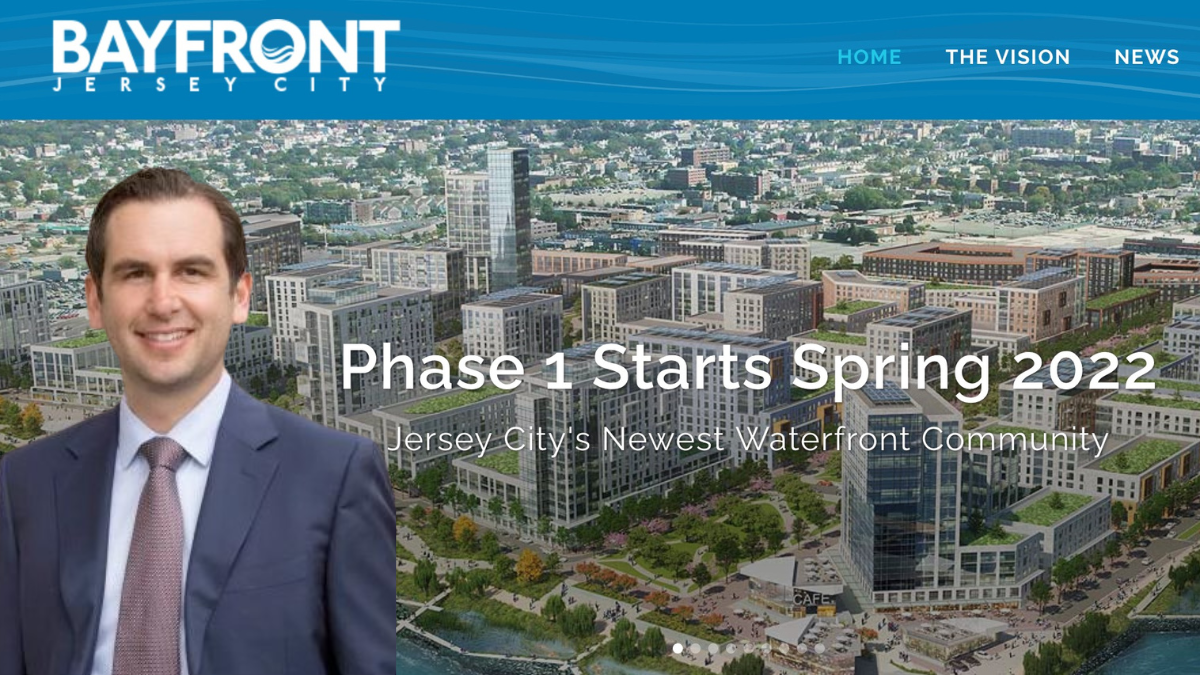Politics
Fulop touts Bayfront as affordable housing model, despite lack of progress

Back in 2018, Jersey City Mayor Steven Fulop – with the support of his city council allies and progressive Ward E Councilperson James Solomon – backed a plan to build 8,000 housing units at a site along the Hackensack River known as Bayfront.
Bayfront has a long, toxic history. Remediating the property and developing it into housing was a goal of city officials long before Fulop, but it was his administration that made an unprecedented public investment into the site.
To pay for the plan, the council authorized $170,000,000 of municipal bonds to acquire land and build infrastructure. To pay off the debt, the city plans to sell parcels of land in phases to real estate developers through a competitive bidding process.
As Bayfront is developed over the next two decades, up to 35% of units could be designated affordable – which would max out at 2,800 units. What affordability will entail for each phase, how many of the units will be studios/1-bedroom vs 2-4 bedrooms, and when those units will be built is unknown.
Indeed, the vision for Bayfront – especially the proposed extension of the Hudson-Bergen Light Rail – is great for Jersey City (and the metro region). New housing is good housing, so the only thing better than 8,000 units is 10,000 units.
Nevertheless, at the current pace of development Bayfront may not house 100 families in need of affordable housing within ten years of the city’s initial investment.
The first phase of the Bayfront redevelopment will see the construction of 210 residential units at Bayfront Promenade. 74 of those units will be restricted to households earning 60% of Area Median Income (AMI) or less, but there’s no breakdown of units by number of bedrooms.
To make this vision a reality, Bayfront Promenade was awarded a 30-year tax abatement from the city, a $64 million tax credit from the New Jersey Economic Development Authority, and Low-income Housing Tax Credits. Forget about the cost and bureaucracy involved with extending the HBLR, which has apparently been stalled since 2020.
That’s a lot of public investment with little social yield, so far. It’s also concerning that economists expect the Trump administration’s tariff strategy will significantly increase the cost of construction – will that impact the viability of Bayfront over the next 2-3 years?
Could $170,000,000 invested differently have already created thousands of units for essential workers over the past 7 years? Would it have been wiser for private developers to acquire Bayfront and assume the risks associated with the site?
It’s likely that one day in the distant future another amazing community will rise along the Hackensack River in Jersey City. In the meantime, Fulop touting Bayfront as a model for affordable housing is worthy of scrutiny and skepticism during our current crisis.







